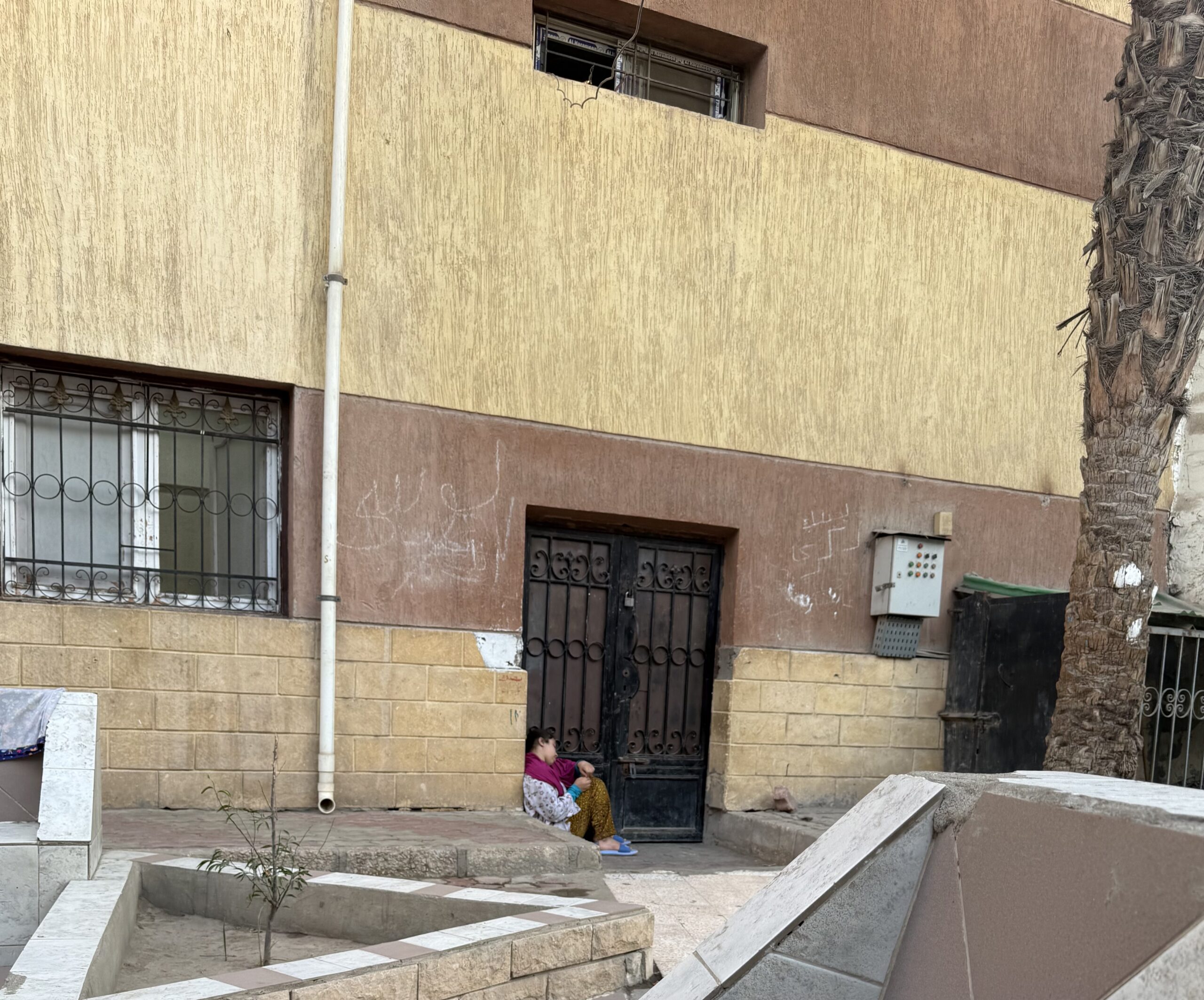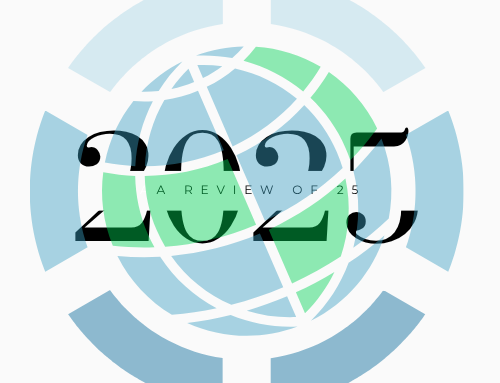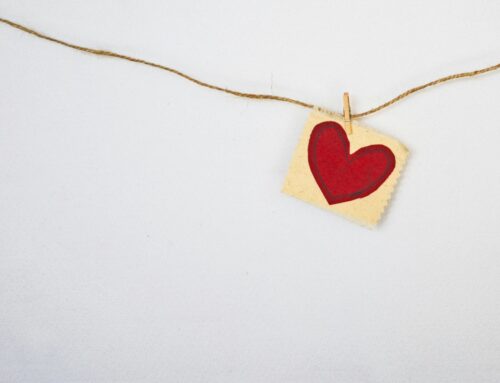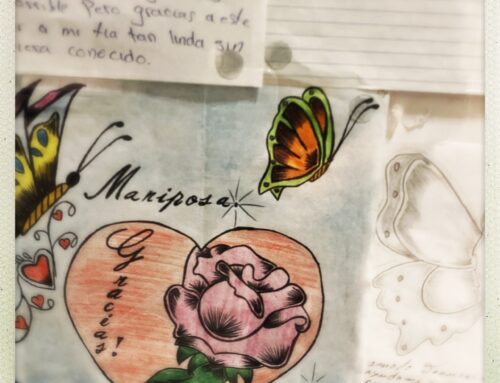One of my interlocutors stood in front of me. In her hand, she held an empty syringe. She said she wants to kill herself. We were in a shelter for girls—survivors of abuse, rape, and societal condemnation—but also imprisoned behind three big, locked doors, high walls, and barbed wires, in the city of Cairo. These girls were confined due to their lack of virginity, promiscuity, early marriage, rape, and abuse by their kin or by strangers. The girl who told me she wants to kill herself is not the first one to attempt suicide inside the shelter. She wouldn’t be the last. I asked her calmly to give me the syringe and begged her not to end her life. This was my third week in the shelter. I had no idea what to do or how to feel. How could I ask the girl to give up her only way out of this confinement? How could I not?
The girl jammed her arm with the empty syringe. I ran to the head of the social workers, panicking. She replied coldly, “Do not worry, if she dies, the medical report will declare it as suicide. We are not going to be held responsible.” I froze. She continued, “If her life is so worthless to her, and she accepts going to hell for killing herself, why are we to care?”
By the tenth time I saw girls harming themselves and wishing for death, I just held them close. My eyes did not water, my heart no longer raced. I felt absolutely nothing. I went home every day with blood stains on my clothes and with blood writings imprinted on the shelters’ walls as images forever inscribed onto my heart. But as I lay in bed at night, I often recalled the conversation with the head social worker asking me, Why do I care?
How does one care, really? And more importantly, how does one stop?

Exterior of shelter. Photo by Maryam Fouad.
A few months later, I was in the United Kingdom starting my PhD studies. In a seminar room, one professor listened to me attentively as I described my proposed project. “This is really interesting, but also really awful,” he said.
The world, as I see it, is awful and heartbreaking, and too ugly to be documented, but also, too ugly not to be documented (Behar 1996).
I decided to become an anthropologist because I believed it to be revolutionary, or as Alpa Shah (2017) puts it, “because it forces us to question our theoretical presuppositions about the world, produce knowledge that is new, was confined to the margins, or was silenced” (45). Being from Cairo and growing up in the post-revolutionary moment, I had no space to create revolutions but through my words and writings. So, anthropology and academia became the only ways in which I could be myself: revolutionary, angry, writing, learning, and discovering the awful things that happen around me. I became an anthropologist because I could not live with the privilege of not having my heart broken over the inequalities of where I grew up.
In my early visits to the shelter, I felt no longer revolutionary, only broken. The fieldwork consumed me. I spent entire days within the walls of the shelter, immersed in the girls’ pain—their self-harm, their stories of abandonment and violence. Sleeping in my own bed felt too much of a luxury. I only existed within the confines of the shelter, with the girls and the brutal social workers who became my “friends.” Taking a day off felt like betrayal. How was I to enjoy my “freedom,” when my interlocutors were suffering in confinement? The anthropology I chose to do meant I had to confine myself with the girls. I spent 12 hours in the shelter daily. I went there even during the weekends. I forced myself to feel the pain of the slowness of time, get accustomed to the screams of angry social workers, and the endless cries from the girls. I felt, immensely, how confinement can leave its affective mark on one’s body. I had to get used to the blood on my clothes and the walls from the girls’ self-harm. I could no longer eat when inside the shelter and was too tired and depressed to eat when I went back to what I could no longer call home. In just one month, I lost ten kilograms. I looked and felt sick. I could no longer recognize myself.
Yet, my fieldwork is reflective, as well, of so much more than the confinement and the suffocating shelter walls. The shelter was life, it was the state, the society, and they were all indeed awful. The vulnerability and the complete loss of myself in the field made it possible for new knowledge to be produced with my interlocutors. We carved out moments of care and craved a different mode of life through playing games and planning escapes. In these moments, the girls were teaching me, not only about care and love, but also about how they were able to resist and manipulate time in the shelter. They taught me they had agency within structures that wanted them to be submissive.
Playing games such as the Saraha (truth) game, similar to the game “truth or dare,” was a way to pass or manipulate time. Through this game, the girls often asked each other about life before the shelter and demanded truthful answers to all “promiscuous” and “deviant” experiences, such as having many sexual partners, dating older men, and going out in revealing clothes to nightclubs. In telling these stories, the girls taught me about the non-linearity of time. In their manipulation of time through storytelling, the girls also resist dominant social norms that force them to be obedient, as they revel in collective “deviant” behaviour. Even when the shelter felt completely insufferable, we often found joy and laughter through these conversations. Together, we resisted the cruelty of confinement by temporarily existing outside of the walls of the shelter, even if just through stories.
I had never cut myself to feel less pain, but I understood, through my own depression, that sometimes feeling too much (or feeling nothing at all) can be so overwhelming that one needs a distraction. When I listened to the girls’ stories of abandonment, sexual abuse by their closest kin, living in the streets, working at the age of eight and nine, I could not feel angry anymore. I could not ask them not to hurt themselves. Rather, I was sinking slowly, questioning the possibility of the world stopping, or just pausing for a while, so we might have the time to simply breathe and start over.
I never thought about my research as the cause of my depression. But I was indeed depressed, overwhelmed, and afraid. Ruth Behar suggests that “to conquer fear, return to the very sites that scare you, engage in the very things that chill you to the quick” (1996, 123). So, I kept returning, reminding myself that the work I was doing was important, revolutionary, and life-altering. Even though my heart was broken, I felt the need to keep going to the place where I hurt the most, where I was silenced, where I became a vulnerable observer. Yet more than a mere fly on the wall, I was going through “an irreversible voyage through a long tunnel; I [couldn’t] see an exit, but I [knew] there must be one. I [couldn’t] go back, only continue to go forward, step by step, to the end” (Behar 1996, 2). Even the thought of leaving the tunnel was itself betrayal. How could I leave this world when my interlocutors were deprived of the “freedom” to kill themselves, the ultimate escape from power (Foucault 1976/1990, 138)?
What I had, prior to fieldwork, understood as cruelty revealed itself as a normalized, even expected, expression of corrective love. For instance, the girls described as love the beatings by social workers when they erred. Social workers in the underage shelter for girls in Cairo are infamous for cutting the girls’ hair in the middle of the shelter playground, where everyone else can see, with a knife to make sure that they cut it unevenly. They tie the girls’ hands to a tree and leave them in the burning sun, so they repent for their mistakes. One of the girls told me that she now understands that this was necessary for her to be disciplined. I began to trace this intersection of care and violence in the context of the larger Egyptian society, and the political tools that made it possible.
My understanding of love and violence were reconstructed through my fieldwork. If the shelter taught me that love is violent, how was I to love outside of its confines? If I were to receive love that is not violent and accept it, would that be betrayal? I learned that the anthropology I was doing was not only stopping me from receiving love and accepting life, but at times left me feeling as though death was the only escape.
While the intensity of identification with those we study can make it feel impossible to write at all, that impossibility is what compels us to write (Behar 1996, 14). Even if life beyond the field seemed inconceivable, and love and death were concepts I could no longer understand, I still felt bound to keep writing, because the act of writing was what kept me from choosing to end my life.
Writing gave me my exit from the long tunnel of ethnographic fieldwork. No one else was willing to produce knowledge like this, for no one wants to endure this pain and heartbreak. Even as the girls taught me all the different ways I could end my own life, or how violent love can be, we were learning together that there is a meaning to life beyond the confines of the shelter. In this knowledge production, I regained the revolution in me.
References
Behar, Ruth. 1996. The vulnerable observer: Anthropology that breaks your heart. Beacon Press.
Foucault, Michel. 1976 [1990]. The History of Sexuality: An Introduction, Volume 1. Translated by Robert Hurley. Vintage Books.
Shah, Alpa. 2017. Ethnography? Participant Observation, A Potentially Revolutionary Praxis, HAU: Journal of Ethnographic Theory 7 (1): 45-59.
Maryam Fouad is a second-year PhD student in social anthropology at the University of Manchester and a CEDEJ fellow. Her research examines gender, kinship, morality, and religion in Cairo, Egypt, with a focus on practices of confinement and care at the government-run underage shelter for girls.
Cite as: Fouad, Maryam. 2025. “Awful Anthropology.” In “Anthropology that Breaks Your Heart: Loss and Found,” edited by Salwa Tareen, Magdalena Zegarra Chiappori, and Hosanna Fukuzawa, American Ethnologist website, 24 November. [https://americanethnologist.org/online-content/awful-anthropology-by-maryam-fouad/]
This piece was edited by American Ethnological Society Digital Content Editor Kathryn E. Goldfarb (kathryn.goldfarb@colorado.edu).




